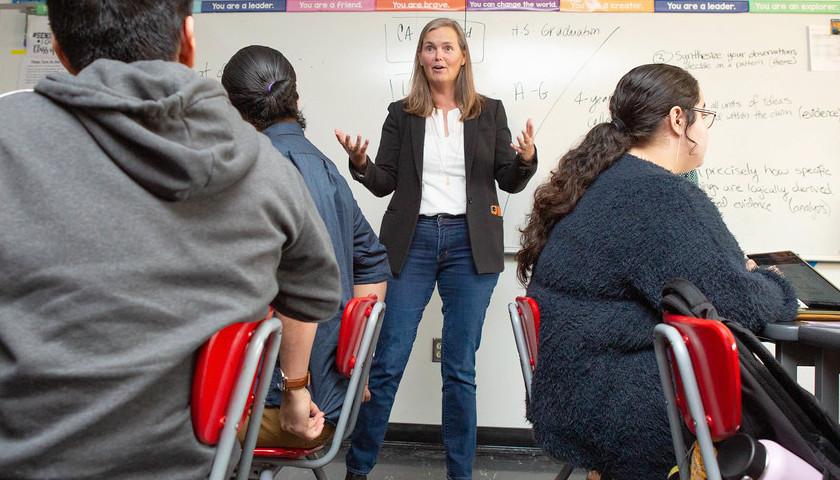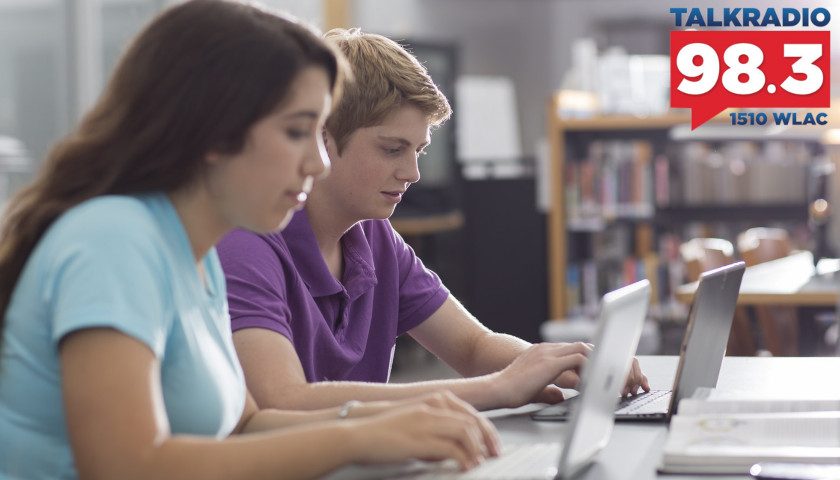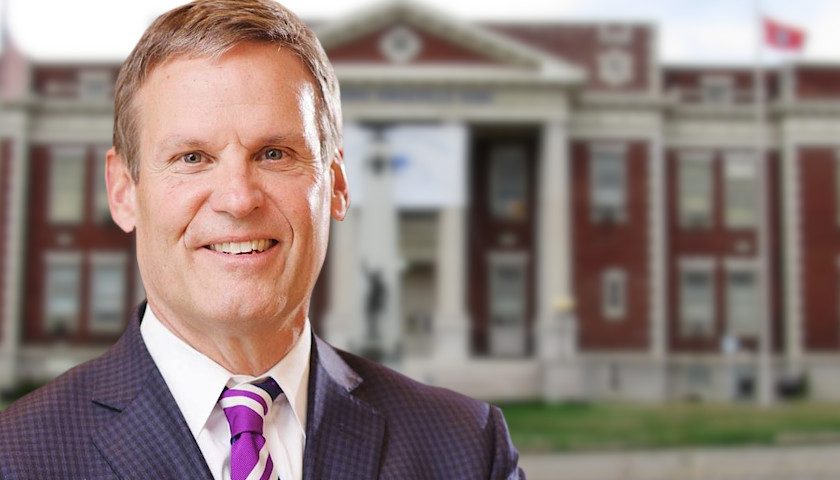by Christina Lengyel
For more than a decade, policymakers in Harrisburg – and the circle of education influencers that they attract – have struggled to define equity for public school students.
Now, with a court mandate baring down, the state must reimagine the free and fair public education system promised in its Constitution – the guarantee envisioned by revolutionary elected officials like Thaddeus Stevens, whose influence still looms large in the halls of the Capitol.
Brenda Morales, former school teacher and member of Power Interfaith, a grassroots advocacy group, invoked Stevens while reminding the Basic Education Funding Commission of the state’s $800 million budget cut in 2011.
“It is a matter of public concern and a duty the government owes its citizens,” she quoted. “This should be for all children including the poorest child.”
The commission is holding a series of meetings to discuss the challenges a constitutional funding formula must overcome.
Many critics of the current system are quick to point out that many students don’t receive the education Stevens envisioned when they enter understaffed classrooms in crumbling facilities.
They blame the vast majority of this on the domino effect of funding fluctuations that occurred during the Great Recession. At that time, federal stimulus poured into the states, and Pennsylvania devoted $800 million of it to basic education spending.
When it dried up in 2011, lawmakers said the state couldn’t afford to sustain the one-time infusion without raising taxes across the board. The 10% reduction, however, came with consequences.
Districts pushed off maintenance and renovation projects that left some buildings without functioning HVAC systems, reliable plumbing, and hallways free of mold and asbestos. Others cut services, reigned in daily supplies, and all struggled to keep up with state academic standards.
The COVID-19 pandemic compounded the issues ten-fold.
“Our budget is an expression of our values,” said Matt Przywara, Assistant Superintendent of the School District of Lancaster. He is just one of many who say lower-income districts typically have students requiring greater need — and greater funding — than their wealthier counterparts.
In addition to having larger numbers of English language learners and special needs students, lower-income districts face systemic issues associated with poverty. Students experience homelessness, inadequate nutrition, and support systems weakened by caregivers’ need to provide for their families via low-wage jobs in the face of relentless inflation and economic strain.
Adding to this challenge is the disproportionately low funding from local property tax, one of the hallmarks of Pennsylvania’s educational inequity. Legislators are now seeking to target the gaps created where local funding falls short.
In Pennsylvania, local property taxes cover more than half of a district’s annual budget. State support averages 38% across all 500 districts, with federal funds filling in the remainder. Districts with poorer tax bases must make due with less overall.
This disparity led legislators like Sen. Greg Rothman, R-New Bloomfield, and Rep. Topper, R-Bedford, to admit their own changes of heart away from support of local-control policies – an engrained culture that’s further complicated the relationship between Pennsylvania’s school districts and the state government.
Less reliance on property taxpayers could level the playing field, though it’s a complex web to untangle – one the legislature has tried, and failed, to address for decades.
“Our political leaders have been holding the hopes, dreams, and future of scores of Pennsylvania’s children hostage because of a lack of political will to do right by our children,” said Rev. Dr. Gregory Edwards, chief of staff of Power Interfaith.
Rep. Peter Schweyer, D-Allentown, said the new formula must recognize “the fundamental understanding that all kids are not exactly the same.”
And while all agree on the premise, another group of critics say throwing more money at the issue won’t solve inequity.
Despite the 10% reduction in 2011, the state had restored recession-era financial support by 2014. In the decade since, the state has boosted support for public schools another 35% above the stimulus-infused level.
Those same critics point to growing school reserve balances that far exceed legal mandates and say ever-rising personnel costs absorb much of that supplemental funding. An additional formula adopted in 2018 funnels extra money to districts with higher socioeconomic need, but the state says it will take decades to grow the annual appropriation that siphons through it.
Still, broad agreement exists that it must continue, in some fashion, because it means that historically underfunded districts may require several thousand dollars more per student than those who have already reached adequacy, and advocates say that’s okay.
Urging policymakers to create a budget that reflects the prioritization of students, Laura Boyce – executive director of Teach Plus – said “the children of Pennsylvania are watching, waiting for justice.”
– – –
Christina Lengyel is a contributor to The Center Square.
Photo “Teacher in Classroom” by Alliance for Excellent Education. CC BY-NC 2.0.







